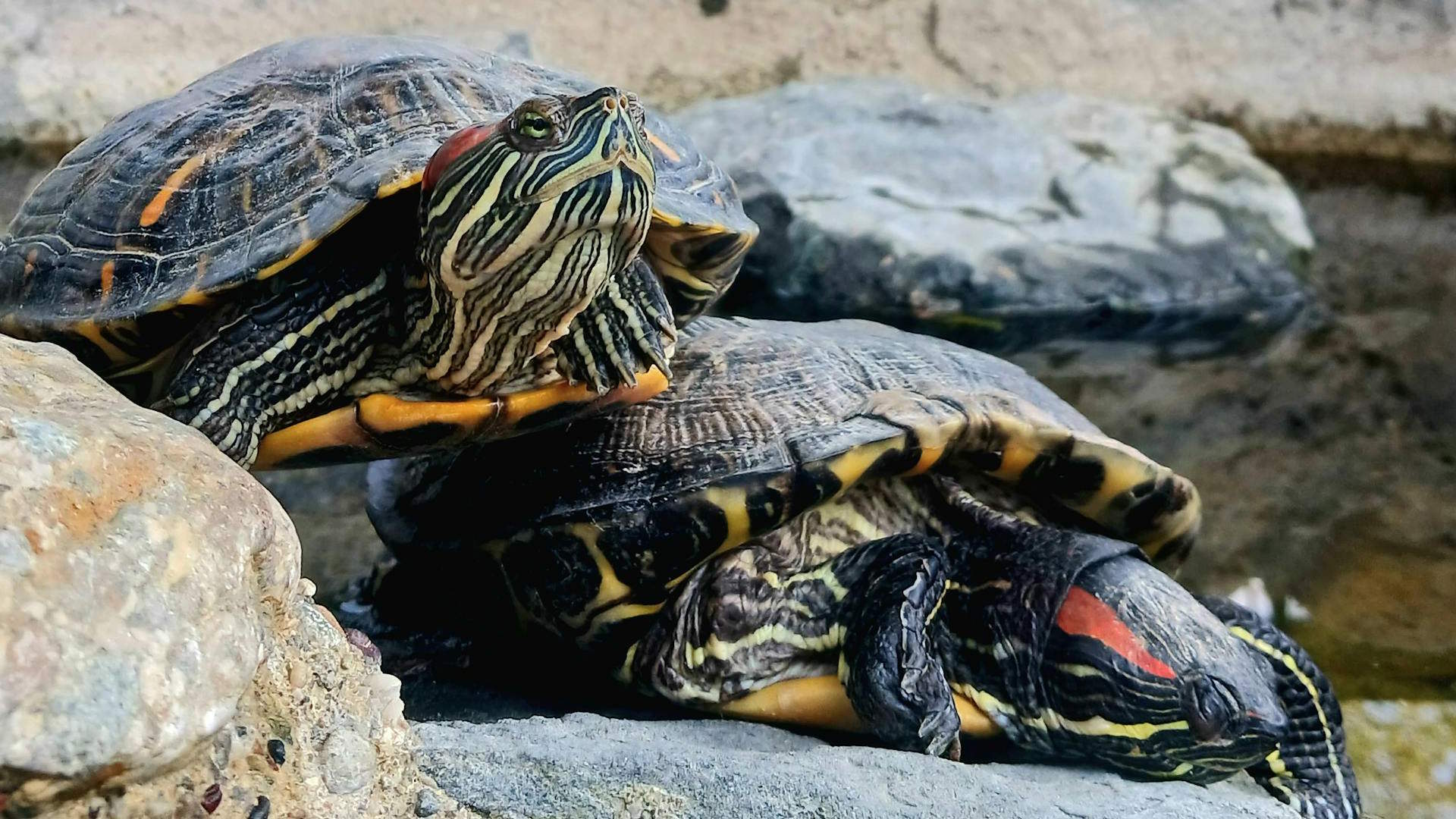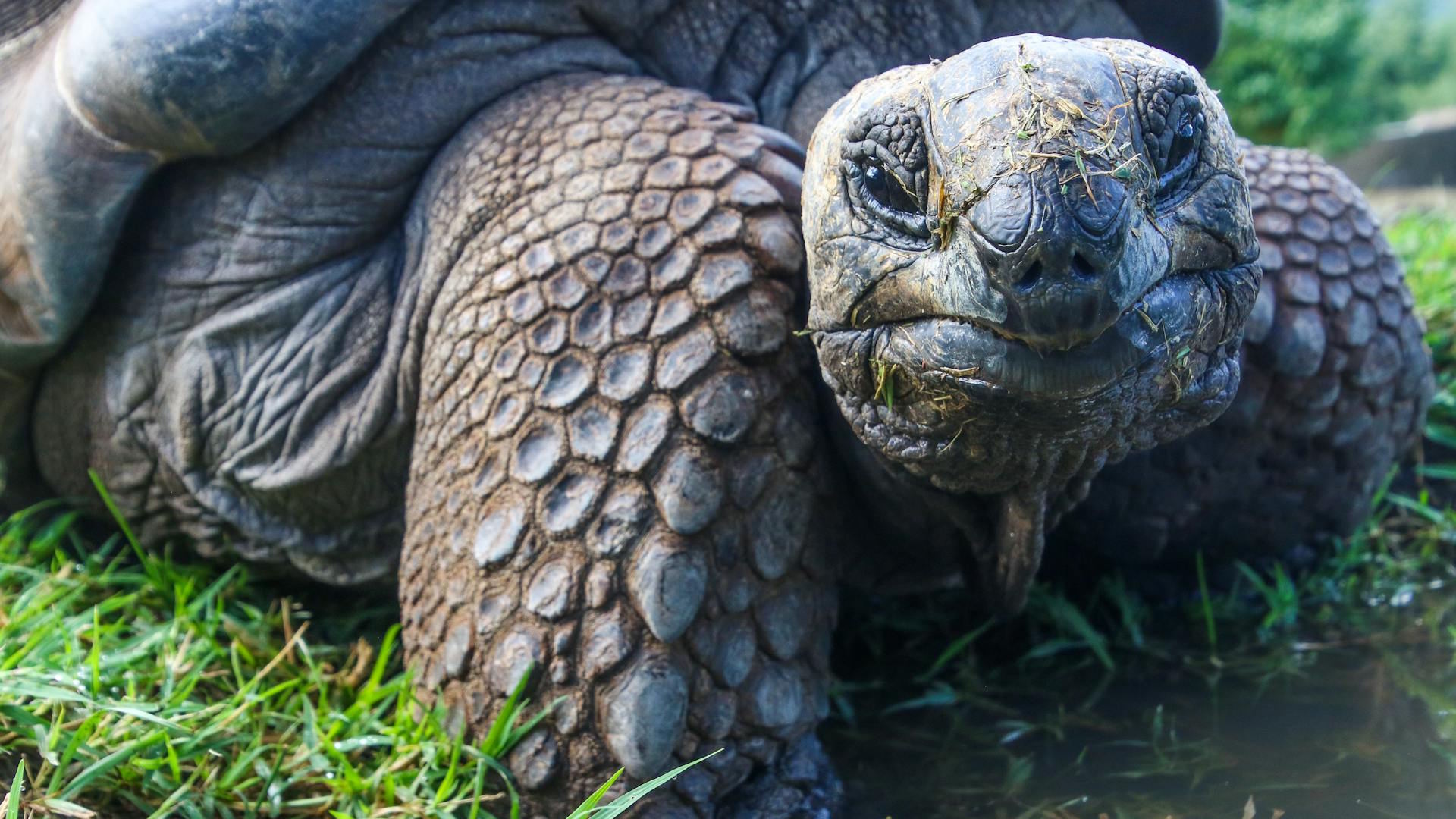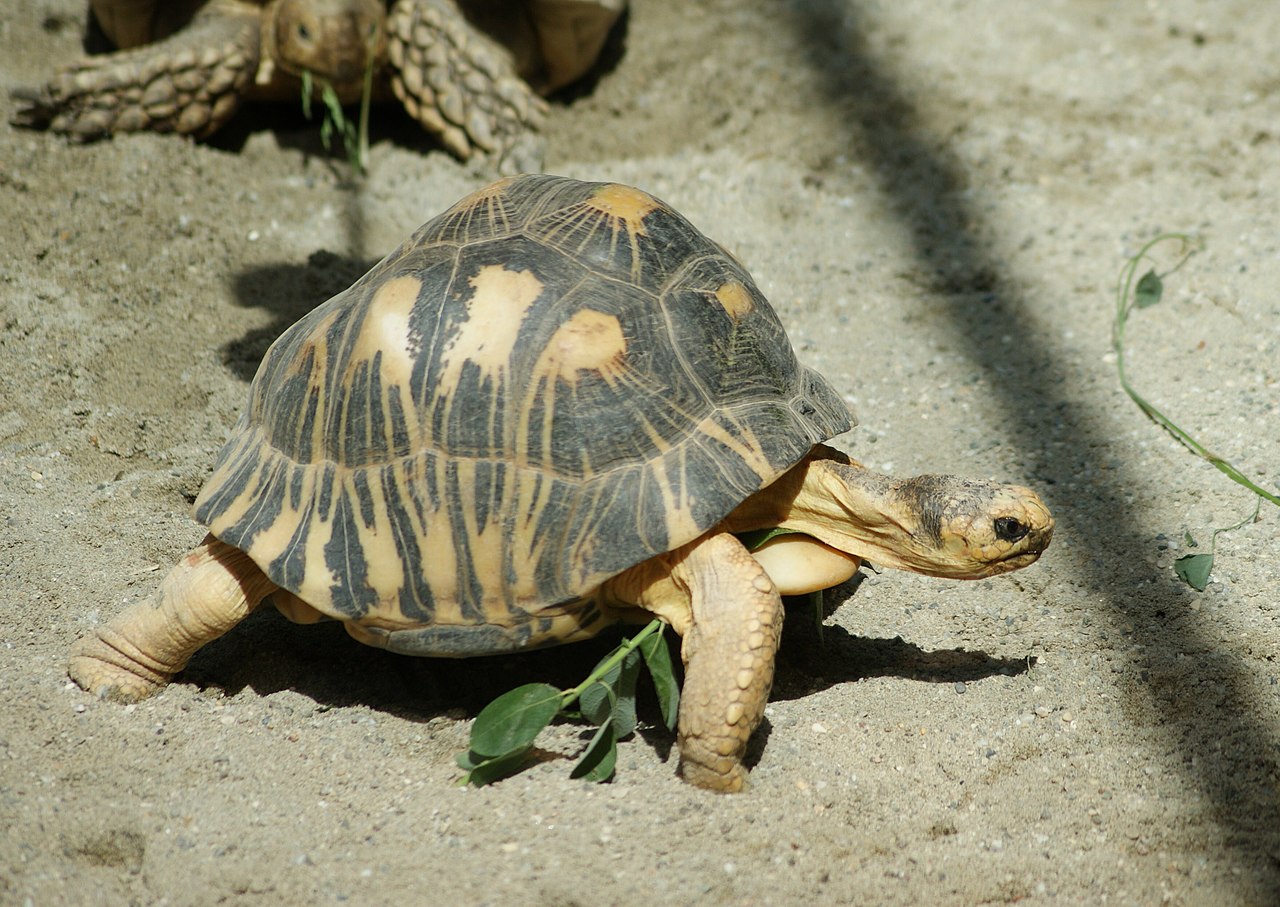Turtles make wonderful pets, known for their longevity and unique personalities. However, ensuring they live a long, healthy life requires careful attention to their dietary needs. Unlike cats and dogs with standardized commercial food options, turtle nutrition varies significantly by species, age, and habitat. Proper feeding is one of the most critical aspects of turtle care, directly impacting their shell development, growth rate, immune function, and overall vitality. In this comprehensive guide, we’ll explore the nutritional requirements of pet turtles and provide practical advice for creating a balanced diet that will keep your shelled companion thriving for decades to come.
Understanding Your Turtle’s Natural Diet

Different turtle species have evolved to eat specific diets in their natural habitats, making it essential to understand your particular pet’s dietary needs. Aquatic turtles like Red-eared Sliders and Painted Turtles tend to be omnivorous, consuming both plant matter and protein sources such as insects, fish, and crustaceans. Land-dwelling species like Box Turtles often eat a varied diet of insects, fruits, vegetables, and occasionally carrion. Desert tortoises, by contrast, are primarily herbivorous, with diets consisting largely of grasses, flowers, and succulents. Before establishing a feeding routine, research your specific turtle species to understand what their wild counterparts naturally consume and how those needs change throughout their lifecycle.
The Importance of Calcium and Vitamin D3
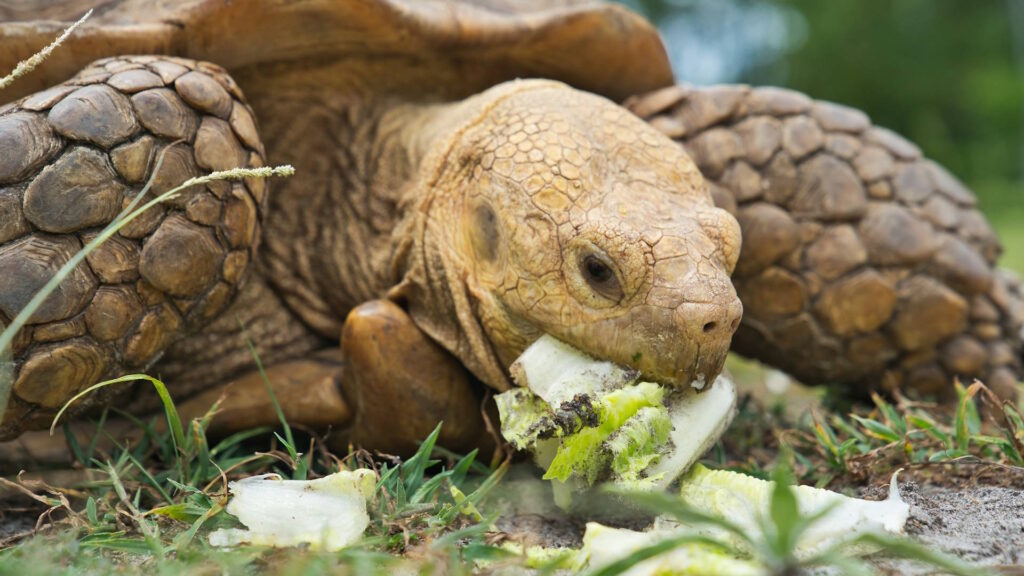
Calcium is perhaps the most critical nutrient for turtles, as it directly contributes to healthy shell and bone development. Without sufficient calcium, turtles can develop metabolic bone disease, a painful condition that causes shell deformities, weakness, and even death if left untreated. Vitamin D3 works hand-in-hand with calcium, as it enables proper calcium absorption and utilization in the body. For outdoor turtles, natural sunlight provides adequate UVB exposure to synthesize vitamin D3, but indoor pets require special UVB lighting to meet this need. In addition to proper lighting, calcium supplements should be dusted on food items several times a week, with particular attention given to juvenile turtles whose growing shells have higher calcium demands.
Protein Requirements for Aquatic Turtles
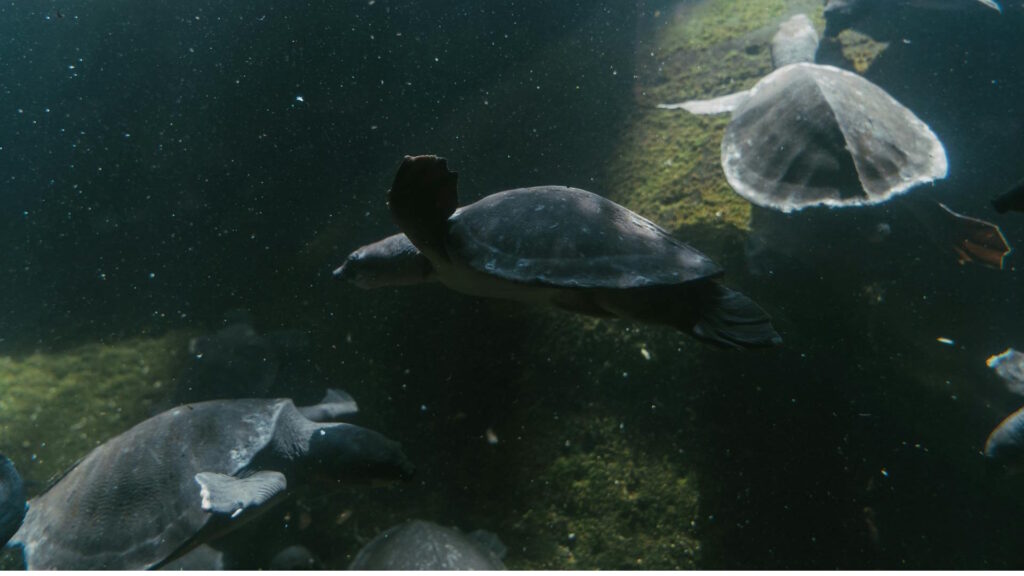
Aquatic turtles generally require more protein than their terrestrial counterparts, especially during their juvenile years. Young aquatic turtles may need a diet consisting of up to 50% protein sources to support their rapid growth phase. Commercial turtle pellets formulated specifically for aquatic species provide a good protein base, but should be supplemented with live or frozen foods for optimal nutrition and feeding enrichment. Excellent protein sources include crickets, earthworms, small fish like guppies or minnows, and freshwater shrimp. As aquatic turtles mature, their protein needs typically decrease, with adult specimens often thriving on a diet that’s about 25% protein and 75% plant matter. This dietary shift helps prevent obesity and kidney problems that can develop from excessive protein consumption in adult turtles.
Optimal Plant Foods for Herbivorous Turtles

Herbivorous turtles like tortoises and some box turtle species require a diverse array of plant foods to meet their nutritional needs. Dark, leafy greens should form the foundation of their diet, with excellent choices including dandelion greens, mustard greens, collard greens, and turnip greens. These vegetables provide essential vitamins, minerals, and fiber while maintaining a proper calcium-to-phosphorus ratio. Vegetables like squash, bell peppers, and carrots can be offered regularly, though starchy vegetables should be limited. Fruits should be considered treats rather than dietary staples for most herbivorous turtles, as they’re naturally high in sugar and can cause digestive upset when overfed. When selecting produce, always opt for organic when possible to avoid pesticide exposure, and thoroughly wash all items before feeding them to your turtle.
Creating a Varied Diet for Box Turtles
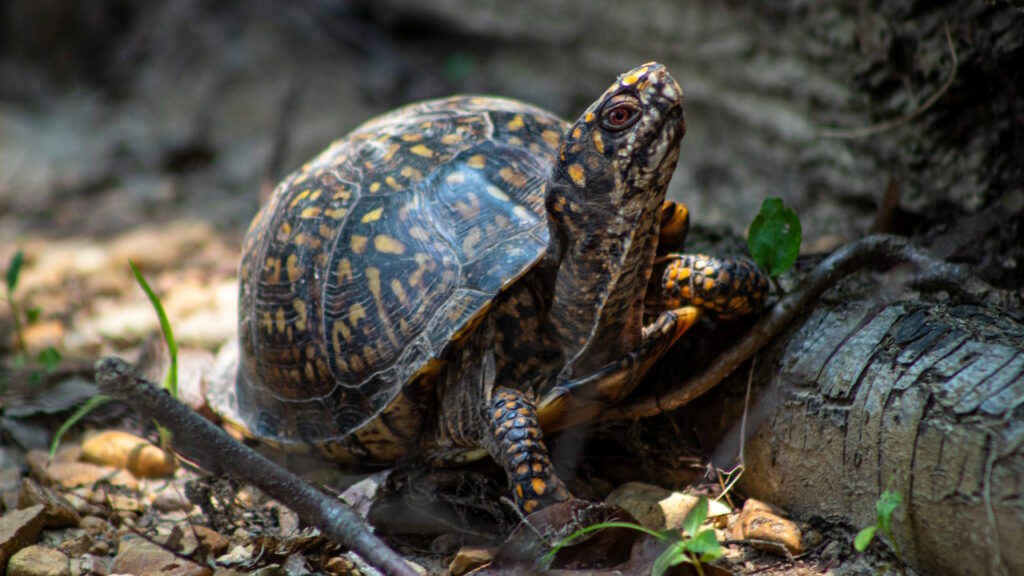
Box turtles are natural omnivores with complex dietary needs that change seasonally in the wild. A properly balanced box turtle diet should include approximately 50% protein, 40% vegetables, and 10% fruits, though these proportions may vary slightly by species. Protein can come from earthworms, crickets, mealworms, small pieces of cooked chicken, or commercially available canned box turtle food. Vegetable offerings should focus on calcium-rich options like collard greens, dandelion greens, and turnip greens, supplemented with squash, sweet potatoes, and bell peppers. Fruits should be limited but can include berries, melons, and apples as occasional treats that box turtles particularly enjoy. Many box turtle keepers find success by varying the diet throughout the week, perhaps offering protein-heavy meals three days a week, vegetable-focused meals three days, and a fruit-rich meal once weekly to mimic the varied diet these turtles would encounter in nature.
Feeding Frequency and Portion Control
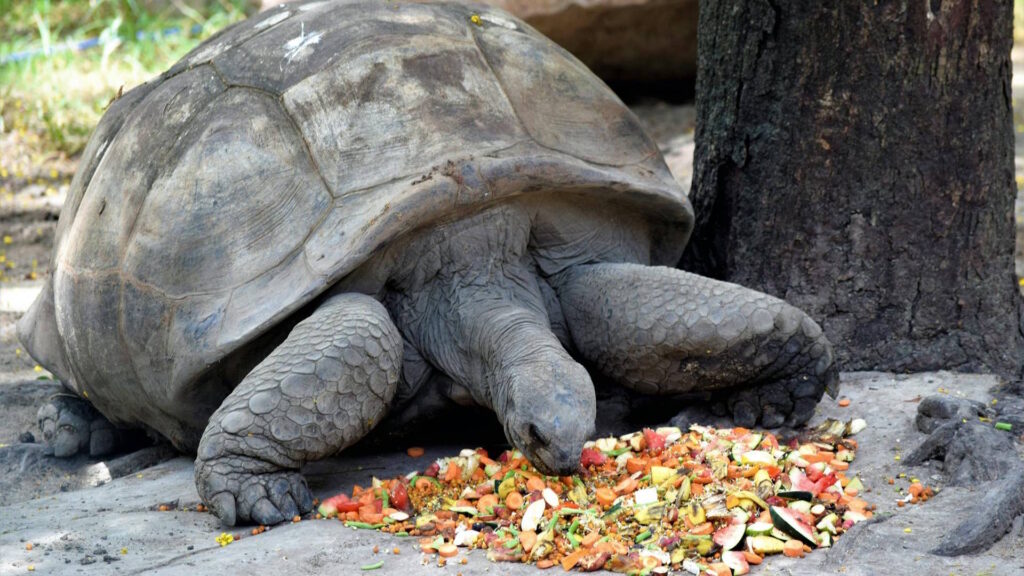
Overfeeding is one of the most common mistakes turtle owners make, leading to obesity, shell deformities, and shortened lifespan. Juvenile turtles have higher metabolic rates and should be fed daily in portions approximately the size of their head. As turtles mature, their growth rate and metabolism slow considerably, requiring a reduction in both feeding frequency and portion size. Adult aquatic turtles typically do well with feedings every other day or even just 2-3 times per week, while adult tortoises may benefit from daily feedings of appropriate vegetation. A good rule of thumb for portion control is the “shell rule” – offering food that would fit inside your turtle’s shell if it were empty provides an appropriate amount for a single feeding. Always remove uneaten food promptly, especially in aquatic habitats, to prevent water quality issues that can lead to bacterial infections.
Commercial Turtle Foods: Benefits and Limitations
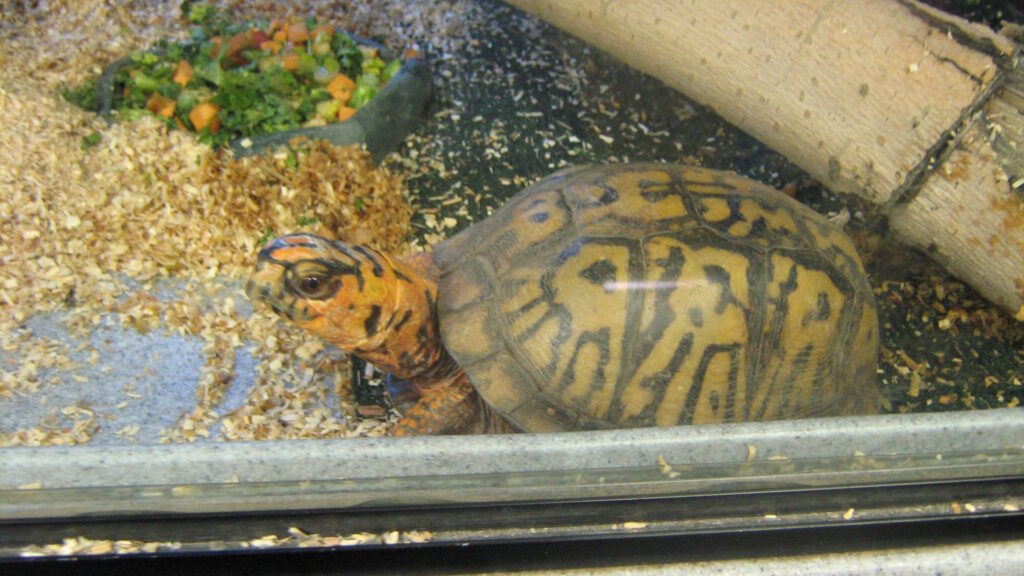
Commercial turtle pellets and dried food mixes offer convenience and nutritional consistency that can be beneficial as part of a complete turtle diet. These products are typically formulated to provide essential vitamins and minerals in proper ratios, with varieties specifically designed for aquatic turtles, box turtles, and tortoises. Premium commercial foods often include added calcium and vitamin D3, which support shell and bone health. However, exclusive reliance on commercial foods can lead to nutritional deficiencies over time, as no manufactured product can perfectly replicate the diverse nutrition available in a varied natural diet. For optimal health, commercial foods should constitute no more than 25-50% of a turtle’s diet, with the remainder coming from fresh foods appropriate to their species. When selecting commercial products, avoid those containing artificial colors, preservatives, or excessive fillers like corn and wheat, which provide little nutritional value to turtles.
Safe and Unsafe Foods for Turtles

While turtles can eat a wide variety of foods, some items are harmful or even toxic to these reptiles. Dairy products should never be offered, as turtles lack the enzymes needed to properly digest lactose. Processed human foods containing salt, sugar, or artificial additives should be strictly avoided, as these can damage a turtle’s kidneys and liver over time. Certain plants are toxic to turtles, including avocado, rhubarb, potato leaves, tobacco, and ivy. Some protein sources pose risks as well, with raw meat potentially harboring parasites and wild-caught fish potentially containing thiaminase, an enzyme that destroys vitamin B1. On the safe list, most commercially raised insects, properly washed leafy greens, squashes, bell peppers, and occasional fruits like berries and melons make excellent choices. When in doubt about a food item, it’s always best to research specifically for your turtle species or consult an exotic pet veterinarian before introducing it to your pet’s diet.
Seasonal Adjustments to Turtle Diets
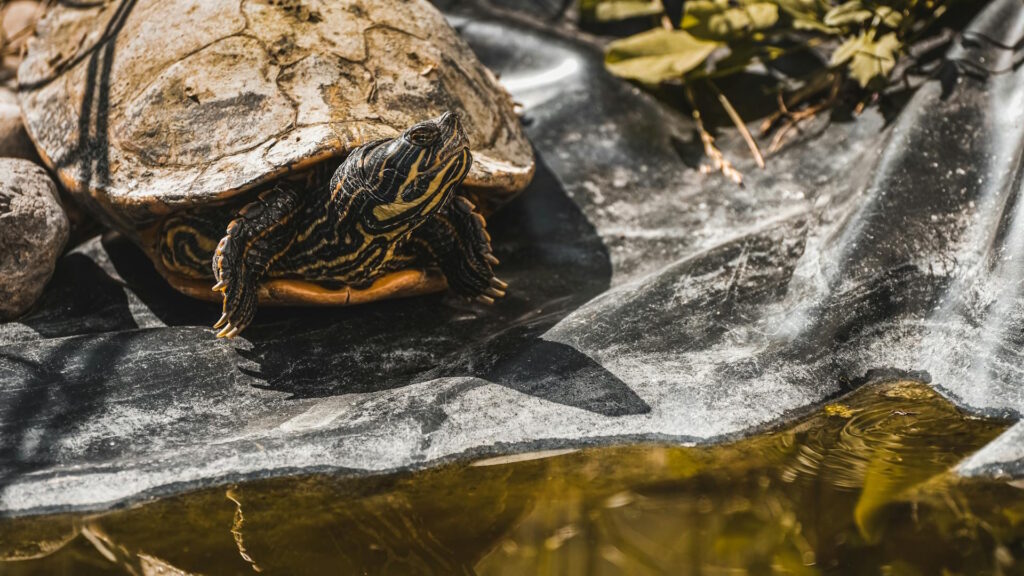
In the wild, turtles naturally experience seasonal variations in their food availability, and replicating these changes can benefit captive turtles as well. During spring and summer months, many turtle species naturally consume more protein and calories to build reserves after winter dormancy or to support breeding activities. Fall often sees an increase in fruit consumption as turtles prepare for reduced winter activity by storing energy from higher-sugar food sources. During winter months, especially for species that naturally brumate (a reptilian form of hibernation), appetite typically decreases significantly, and feeding frequency should be reduced accordingly. For turtles kept in temperature-controlled indoor environments year-round, subtle seasonal dietary adjustments can still promote natural biological rhythms and hormonal cycles. These adjustments might include slightly higher protein offerings in spring, more variety in summer, increased fruits in early fall, and reduced feeding frequency during winter months even without full brumation.
Nutritional Needs of Juvenile Turtles
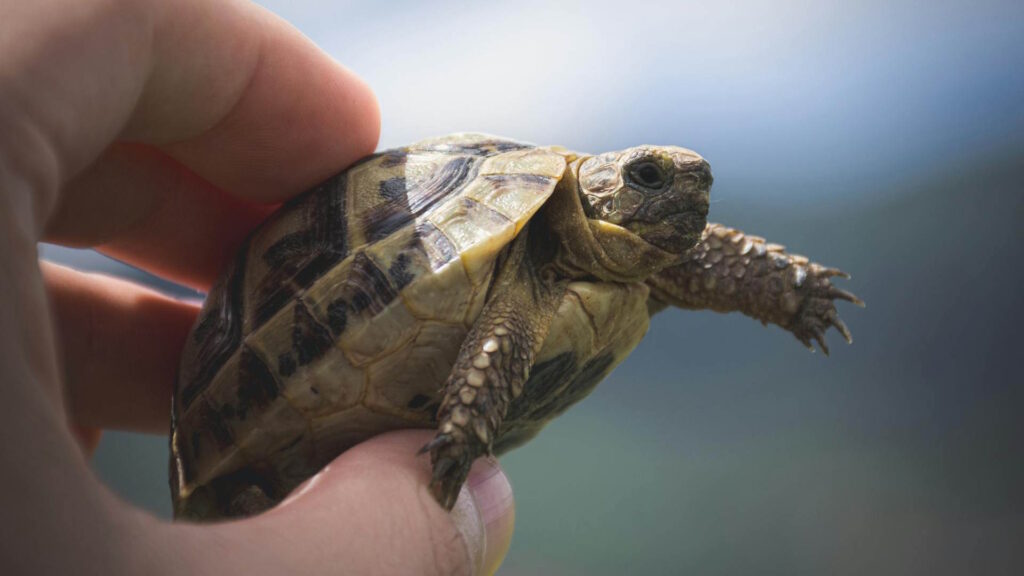
Young, growing turtles have significantly different nutritional requirements than their adult counterparts, necessitating a specialized feeding approach during their first few years of life. Juvenile aquatic turtles require a protein-rich diet to support rapid growth, with daily feedings consisting of about 50-60% animal protein and 40-50% plant matter. Calcium is particularly crucial during this growth phase, and all food items should be dusted with a reptile calcium supplement containing vitamin D3 at least 3-4 times weekly. Young box turtles and tortoises similarly need more frequent feeding, typically daily, with appropriate calcium supplementation to ensure proper shell development. As juveniles grow, they gradually transition to more adult feeding patterns, with protein percentages decreasing for most species and feeding frequency reducing to every other day by around age three or four. This gradual transition helps prevent growth abnormalities while providing adequate nutrition for healthy development.
Hydration and Water Quality
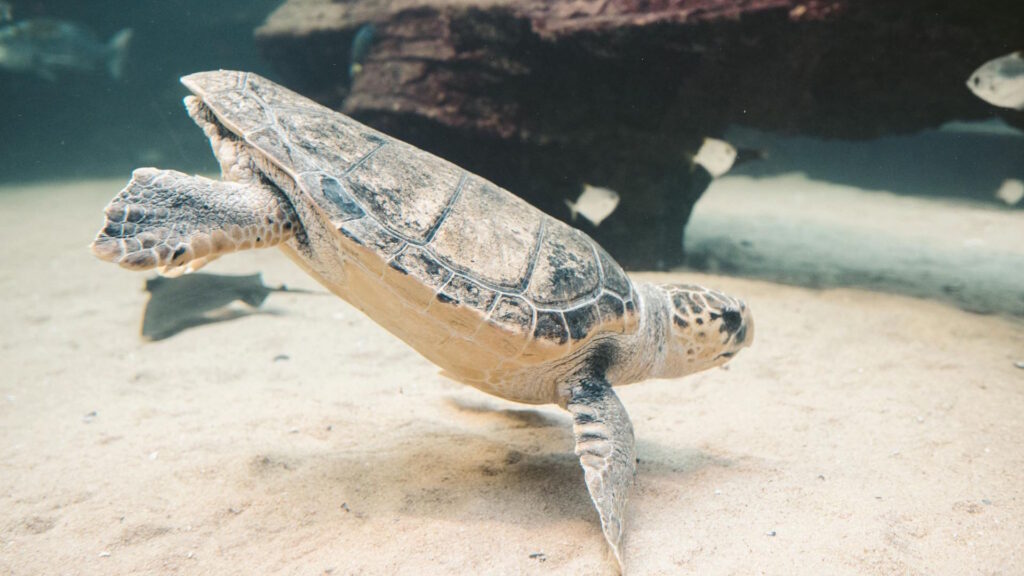
While not technically part of their diet, proper hydration is critically important to turtle health and directly impacts their ability to process and utilize nutrients from food. All turtles, regardless of species, require access to clean drinking water, though the amount and presentation vary by type. Aquatic turtles obtain much of their hydration from the water they swim in, making water quality paramount to their health; regular filtration and water changes are essential to prevent bacterial buildup that can lead to shell rot and respiratory infections. Semi-aquatic and terrestrial species should have shallow water dishes that allow them to soak and drink but prevent drowning. For desert species, regular misting of their enclosure helps maintain proper hydration levels, particularly important during shedding periods. Additionally, foods with high water content like melons, cucumbers, and leafy greens contribute significantly to a turtle’s hydration status and can be especially beneficial during hot weather or for turtles recovering from illness.
Dealing with Picky Eaters
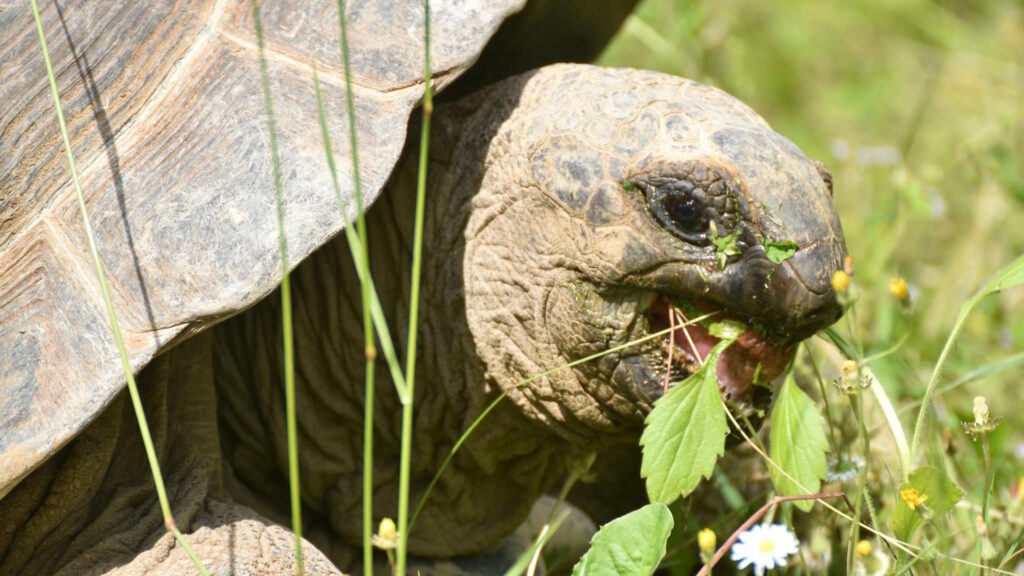
Some turtles develop strong food preferences that can make it challenging to provide a balanced diet, particularly when transitioning from juvenile to adult feeding patterns. When faced with a picky turtle, patience and persistence are key to expanding their palate. Try introducing new foods alongside established favorites, gradually increasing the proportion of the new item over several weeks. Food texture modifications can sometimes help – for instance, finely chopping new vegetables or mixing them with a protein source that your turtle eagerly accepts. For particularly stubborn specimens, a short period of reduced feeding frequency (never complete fasting) may increase their willingness to try new foods at the next offering. Environmental factors can also influence appetite, so ensure proper temperature gradients, UVB lighting, and habitat setup are maintained. If a turtle suddenly refuses previously accepted foods, this could indicate health problems requiring veterinary attention rather than simple pickiness.
Monitoring Health Through Diet Observation
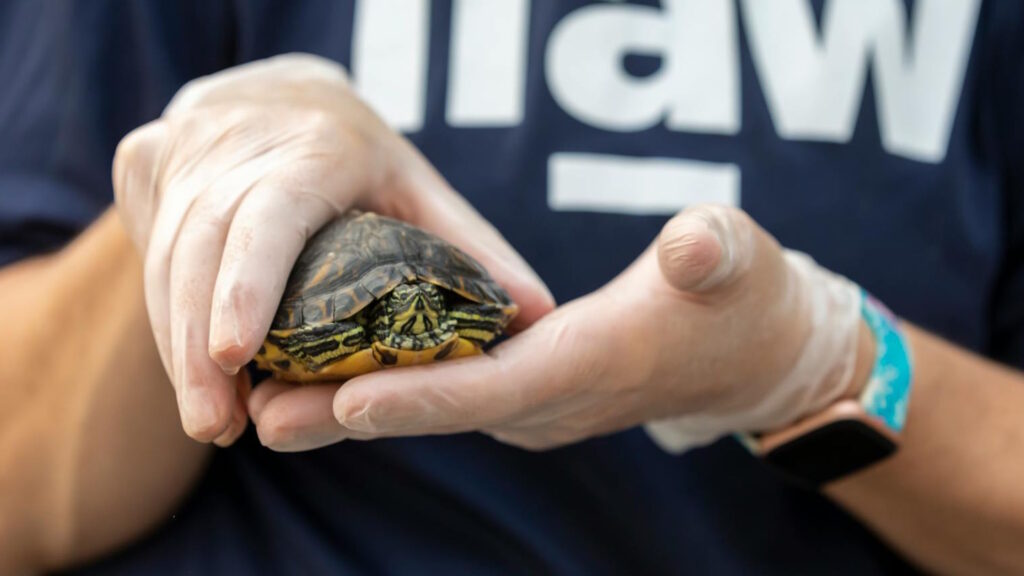
A turtle’s eating habits provide valuable insights into their overall health status, making mealtime an important opportunity for health assessment. Healthy turtles typically show enthusiasm for food appropriate to their species, though feeding vigor varies naturally between individual animals. A sudden decrease in appetite can signal illness, particularly when accompanied by other symptoms like lethargy, nasal discharge, or shell abnormalities. Conversely, excessive hunger might indicate internal parasites or improper previous nutrition. Observing stool quality provides additional health information – normal turtle droppings should be well-formed and consistent, while diarrhea or unusually hard stools warrant dietary adjustments or veterinary consultation. Tracking your turtle’s weight monthly using a digital scale provides objective data about their nutritional status, with steady growth in juveniles and stable weight in adults indicating appropriate dietary management. Maintaining a feeding journal with food types, amounts, and your turtle’s response can help identify patterns and inform discussions with your exotic pet veterinarian during regular check-ups.
Conclusion
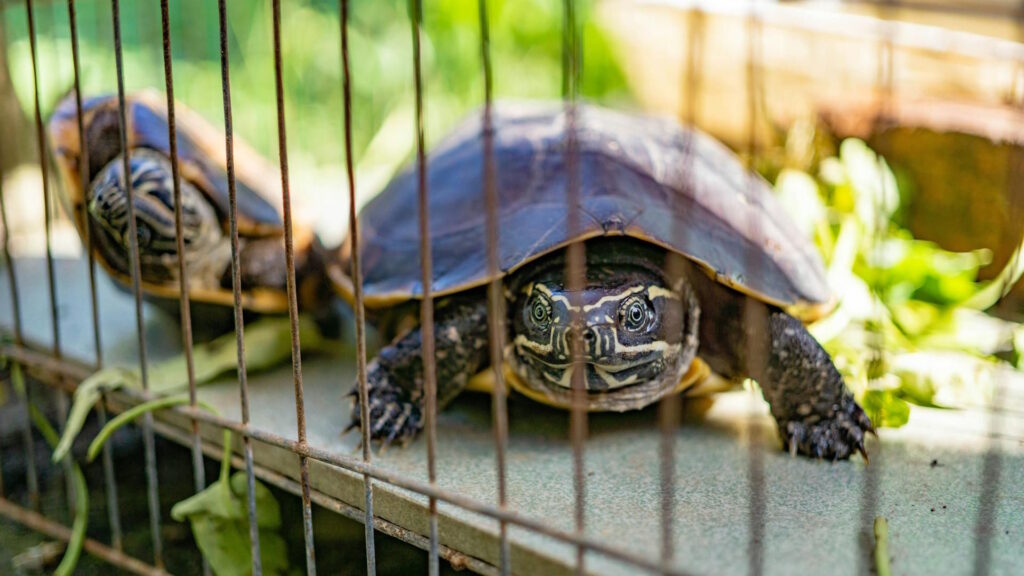
Creating the optimal diet for your pet turtle requires understanding their specific species needs, life stage requirements, and individual preferences. By providing a varied diet rich in appropriate proteins, vegetables, and occasional fruits, supplemented with necessary calcium and supported by proper UVB lighting, you’ll establish the foundation for decades of healthy living. Remember that dietary needs evolve as turtles mature, typically shifting from protein-heavy juvenile diets to more plant-based adult nutrition for most species. Regular observation of your turtle’s eating habits, weight, and overall condition allows for timely adjustments to their feeding routine. With thoughtful attention to nutrition, your shelled companion can thrive well into their golden years, rewarding your care with their fascinating behaviors and distinctive personality.

